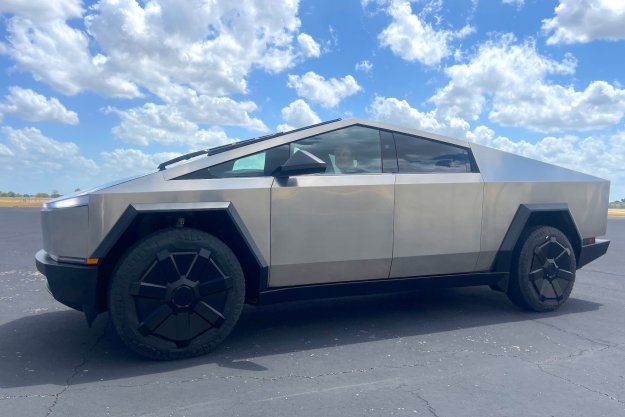Now that Advanced Driver Assistance Systems (ADAS) are commonplace, automotive manufacturers should standardize the names and definitions of the various technologies involved, an AAA report recommends.
The American Automobile Association study found that the bewildering array of ADAS marketing names leaves consumers confused about the differences among systems and what the features are supposed to do.
As evidence for the extent of consumer confusion, AAA cites its September 2018 study that found drivers had too much faith in systems such as adaptive cruise control. Two months later, in November 2018, the consumer group reported the disturbing results of another study based on ADAS technology naming.
In its November report, AAA found that 40 percent of consumers believed fully autonomous cars were already available and traveling on U.S. roads. The study mentioned specific concerns with ADAS systems called PilotAssist, ProPILOT, and AutoPilot, which some consumers believed gave vehicles self-driving capability.
AAA continues its active role in advocating for consumers who are barraged with names and claims by car, truck, and SUV brands that tout the safety and convenience of features such as adaptive cruise control, blind spot warning, lane keeping assistance, automatic emergency braking, and rear cross-traffic alerts.
In the full report of its recent study, AAA proposed a list of standardized names and definitions for some of the most common driver assistance tech. For example, AAA listed the three most prevalent ADAS features, which were automatic emergency braking, lane keeping assistance, and adaptive cruise control. Those features were standard equipment on 30.6 percent, 13.9 percent, and 11. 8 percent of 2018 models, respectively.
AAA found 40 unique marketing names for automatic emergency braking, 19 different names for lane keeping assistance, and 20 names for adaptive cruise control.
For those three ADAS features, AAA suggested the following standardized names and definitions.
Forward Automatic Emergency Braking: Detects potential collisions while traveling forward and automatically applies brakes to avoid or lessen the severity of impact.
Lane Keeping Assistance: Controls steering to maintain vehicle within driving lane. May prevent vehicle from departing lane or continually center vehicle.
Adaptive Cruise Control: Controls acceleration and/or braking to maintain a prescribed distance between it and a vehicle in front. May be able to come to a stop and continue.
The full AAA report includes suggested standardized names and definitions for a wide range of ADAS features. While the AAA suggestions have no legislative or regulatory imperative, the point that such standardization could improve road safety when consumers have accurate and realistic expectations of driver assistance features is well-taken.



